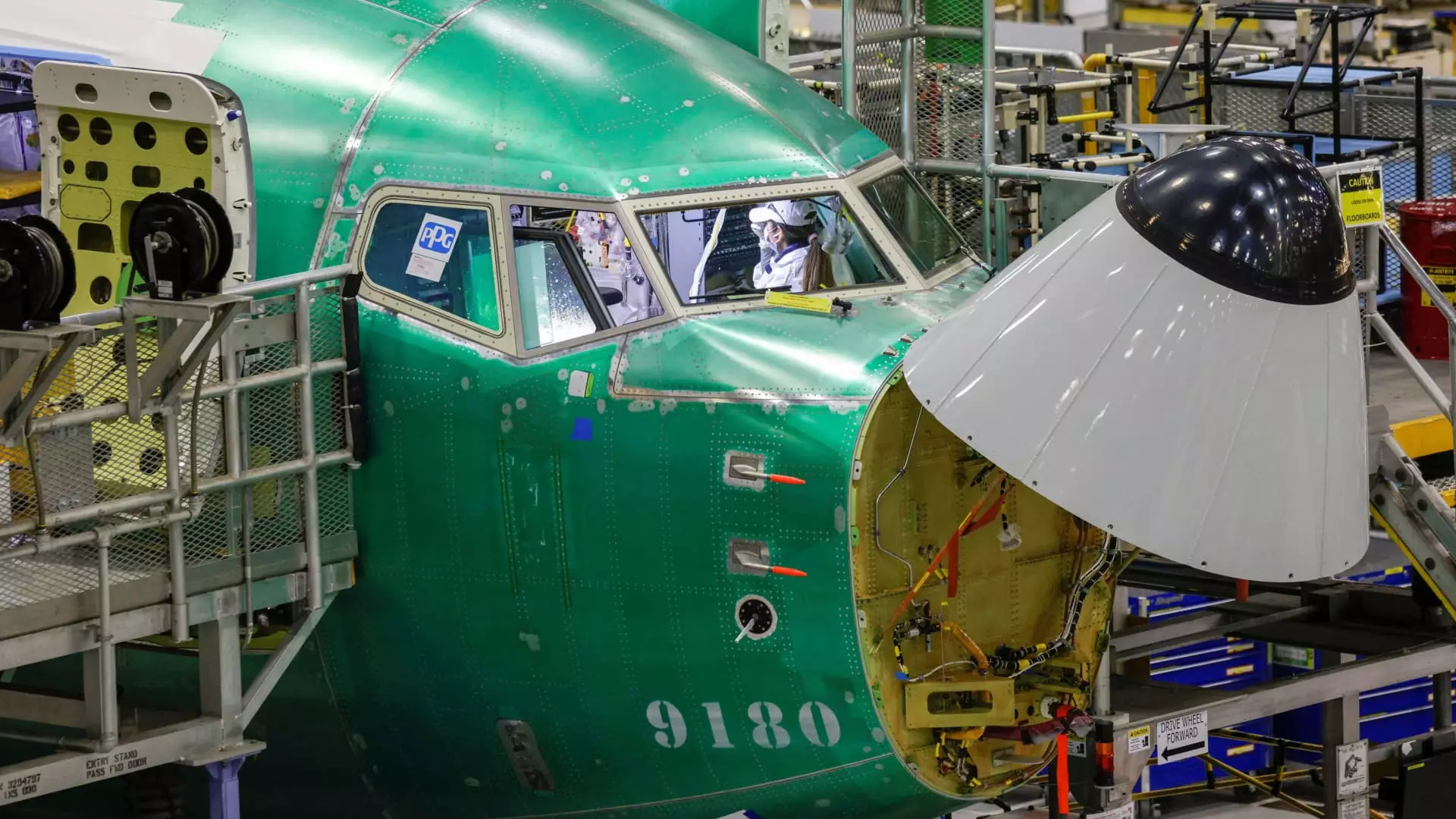In a significant industrial standoff, over 32,000 machinists at Boeing recently concluded a strike that lasted more than seven weeks. The machinists had initially rejected a proposal offering a 25% pay raise, opting instead for a new contract that ultimately provided a remarkable 38% salary increase over four years. This resolution marked the end of a disruption that heavily impacted Boeing’s production output, particularly affecting the assembly of commercial aircraft. The resurrection of production processes, however, will not be an instantaneous affair, as the company has warned that it could take weeks to resume normal operations.
Boeing reported a sharp decline in aircraft deliveries during the strike, handing over only 14 jets in October—the lowest monthly figure since November 2020. The company is still grappling with the repercussions of the COVID-19 pandemic and the previous global grounding of its 737 Max model after two tragic crashes. Although deliveries are crucial for Boeing’s financial health and market reputation, the company managed to sell 63 aircraft during the strike period, maintaining a steady pace of customer interest.
The deliveries during the strike included nine 737 Max models and ten 787 Dreamliners, showing a dual focus on both older models and newer variants despite operational challenges. Most delivery procedures were handled by workers not involved in the strike, illustrating the complex tapestry of labor dynamics at play within the company.
As operations are set to resume in states like Washington and Oregon, Boeing faces the monumental task of reassessing workplace conditions. The company needs to implement safety protocols, realign machinist duties, and ensure every employee’s training is up-to-date before full-scale production can begin. CEO Kelly Ortberg has emphasized the critical nature of this process, describing the challenges of restarting a manufacturing ecosystem as markedly more difficult than winding it down. This nuance highlights the procedural intricacies inherent in large-scale manufacturing and labor relations.
Looking ahead, Boeing plans to ramp up production not only for commercial aircraft—specifically the 737 Max, 767, and 777—but also its military jets. This diversified production focus illustrates the company’s strategic approach to regaining its footing in the aviation market. Additionally, the uninterrupted production of the 787 Dreamliner at a non-union facility in South Carolina indicates Boeing’s efforts to balance labor relations with operational efficiency.
While the strike has concluded and a new contract has been ratified, Boeing’s recovery journey is far from simple. The next steps involve complex logistical considerations and a renewed focus on workplace safety that could shape the company’s operational landscape for months to come. Moving forward, stakeholders need to monitor how effectively Boeing navigates the challenges of returning to full production capacity while cultivating positive labor relations.


Napsat komentář